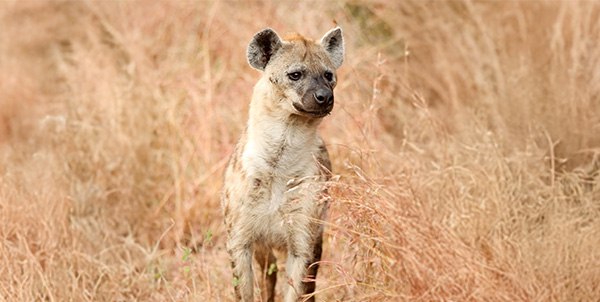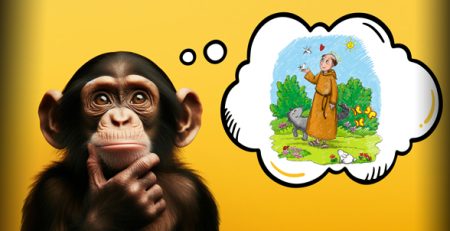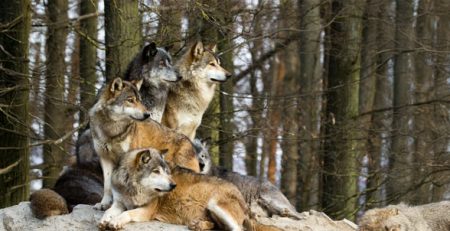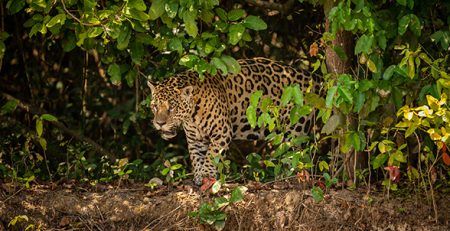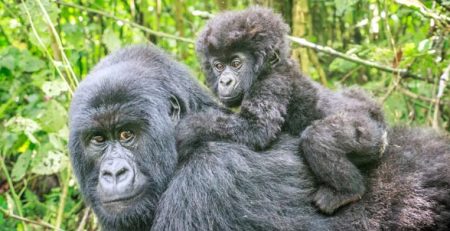Being a hyena is not so bad: we discover this mysterious and fascinating animal
The hyena has always aroused some curiosity in cultures around the world but also many misconceptions.
In popular culture, hyenas are often depicted as cunning and ruthless animals associated with evil and deception.
But this bad reputation is really unfair and reductive because hyenas are fascinating and complex animals.
The dedicated day is the perfect opportunity to dispel some myths and raise awareness of these amazing creatures.
What species does the hyena belong to
Hyenas belong to the family Hyaenidae and are native to Africa and Asia.
There are four main species: the spotted, striped, brown and saber-toothed hyena.
Each species has its own unique behavior and specific habitat.
Hyenas are social animals that live in groups called clans
The social group is generally dominated by females, who are larger and more aggressive than males.
In short, the hyena clan, which can number up to 80 members, is a true matriarchy.
Females handle most of the decision-making and management of the clan, while males tend to move away when they reach adulthood.
What hyenas eat
One of the reasons hyenas have a bad reputation is the way they feed themselves.
They are often seen as thieves who steal prey from other animals, particularly lions.
Such behavior is actually a survival strategy.
Hyenas are opportunistic animals that seek to exploit any available resource, including carcasses or leftovers.
As scavengers, they feed on the carcasses of dead animals, helping to prevent the spread of disease.
However, they do not just prey on the carcasses of other dead animals; on the contrary, they are skilled hunters and very well organized.
Surprisingly intelligent, they are capable of implementing astounding strategic behaviors.
In fact, during hunting activities, they cooperate with each other to bring down larger prey, using techniques that require planning and collaboration.
This social aspect is often overlooked in narratives that portray them as solitary and ruthless.
They are nocturnal animals: they prefer to hunt in the dark to reduce the risk of encounters with other predators but also to escape the sweltering, torrid daytime temperatures.
The laugh of the hyena
When hyenas are excited or stressed, they make a sound similar to laughter.
This sound is used to communicate within the group.
It is a signal to warn other clan members of the presence of danger or possible prey and certainly not a manifestation of malice.
Unfortunately, however, this cultural stigma has contributed to the false idea that hyenas are mean and creepy animals
Instead, as with many other animals, it is essential to take into account their biological role and actual behavior, instead of relying on myths and legends.
Enough fear and prejudice: hyenas deserve a reassessment of their image
The reputation of these animals affects not only public perception, but also their conservation.
Often, fear and prejudice can lead to conflicts with humans, especially in agricultural communities where hyenas can be seen as a threat to livestock.
Promoting a more nuanced understanding based on objective facts rather than the hearsay they are victims of can help improve their prospects for preservation.
Let us stop seeing them as the “bad guys” of the savannah and try to understand their complexity.
The next time you are called a hyena, take it as a compliment.
Of course, hyenas are not pets, and we can all limit ourselves to observing them in their habitat, but for your dog or cat, our staff is always at your disposal.
We also remind you that Clinica La Veterinaria is always open h24 including holidays and with First Aid service from 8 am to 8 pm.
For the joy of seeing them HAPPY

